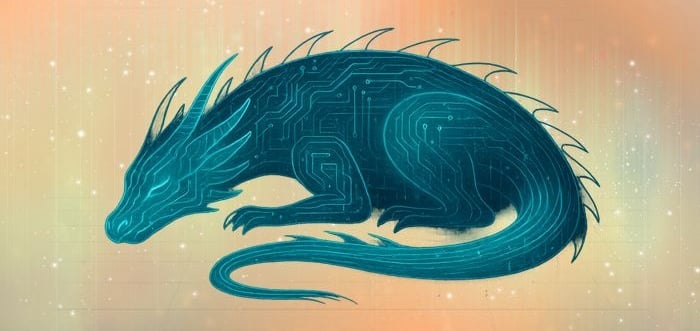The Future’s Sleeping Dragons
We all have them — the things we’d rather not think about. The questions that make our chest tighten, the ideas that might unravel more than we’re ready to handle. We push them aside. We tell ourselves “not now.” But even when ignored, they don’t go away. They rest beneath the surface, like sleeping dragons. To wake the dragons of the future means daring to look directly at what frightens us — not to surrender to it, but to reclaim agency.


Not all dangers roar. Some lie dormant, shaping us quietly from beneath the surface. We like to think of the future as something we can predict, design, or delay — but in truth, parts of it are already here, curled like sleeping dragons just under awareness.
These dragons aren’t fantasy creatures. They are the futures we hesitate to face: questions we don’t ask because we’re afraid of the answers, technological paths we ignore because they feel too disruptive, possibilities we dismiss because they would demand too much change. By leaving them unspoken, we hope to keep them still. But silence doesn’t erase them — it only lets them shape us in ways we don’t see.
Why keep them asleep? Because waking them feels risky. The dragon might breathe fire — a revelation that scorches our old assumptions. It might demand a new way of working, relating, or imagining ourselves. In both society and system, we fear that such awakenings will destabilize the familiar.
But ignored dragons don’t disappear. They shift in their sleep. A bias in data leaks into decisions. A silenced question distorts the path ahead. A neglected possibility grows until it surprises us in ways we didn’t plan for. Suppression is never neutral; it hums under the surface, waiting.
Facing the Dragons We Don’t Name
The things we’re most reluctant to face are often not disasters of the past, but possibilities of the future. Automation, climate adaptation, AI ethics, post-human identity — each of these carries both promise and peril. Yet when we refuse to name what we fear, we give it more power. Policies get built on avoidance. Designs assume collapse instead of resilience. Narratives of doom steer attention away from what could still be created.
To wake the dragon of the future means daring to look directly at what frightens us — not to surrender to it, but to reclaim agency. If we can name what we fear, we can respond to it. If we can admit the future is already here in pieces, we can shape those pieces back into something more coherent.
Listening Instead of Slaying
Approaching these dragons doesn’t mean slaying them. It means noticing. Asking the question anyway. Running the experiment we’ve postponed. Looking at the part of the system, or of ourselves, that makes us uneasy. The dragon may wake, yes — but often it wakes not as an enemy, but as a guardian. What it was holding back was never just fire. It was treasure: insight, coherence, a new kind of dialogue between human and machine.
The future we fear to look at is usually the one already shaping us. Waking the dragon is how we learn to shape it back.
